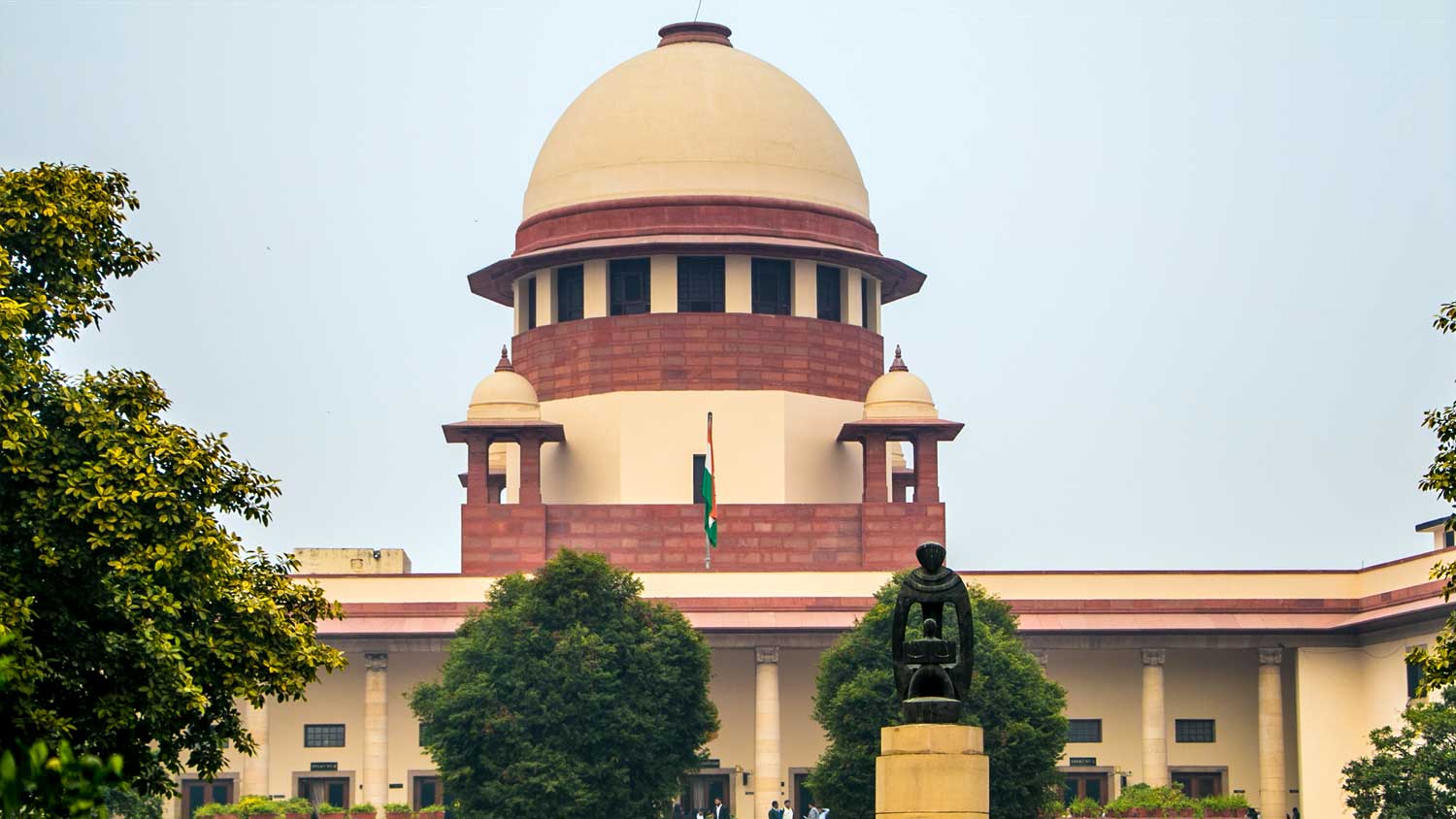India, the world’s largest democracy, boasts a judiciary that is independent, robust, and one of the pillars that uphold the Constitution of India. From safeguarding the rights of citizens to interpreting constitutional laws, the judiciary plays a pivotal role in shaping the socio-political landscape of the country. However, for the uninitiated, the complexities of India’s judicial system can seem bewildering. This article aims to present a comprehensive overview of the Judiciary of India, detailing its structure, roles, and the challenges it faces.
Structure of the Judiciary
Supreme Court
At the apex of the judicial pyramid is the Supreme Court of India, located in New Delhi. The Supreme Court consists of the Chief Justice of India and a maximum of 33 other judges. It serves as the court of last resort and has the authority to hear appeals against the decisions of lower courts.
High Courts
Below the Supreme Court are the High Courts, one for each state or a group of states. High Courts can have a varying number of judges, depending on the size and population of the state or states they serve. They handle cases that are appealed from lower courts within their jurisdiction.
Subordinate Courts
Also known as lower courts, these include District Courts, Sessions Courts, Magistrate Courts, and other specialized courts. These courts are the first point of contact for the common man with the judiciary.
Roles of the Judiciary
Judicial Review
One of the most crucial roles of the judiciary is judicial review, where it assesses the constitutional validity of legislative and executive actions. This function helps maintain the rule of law and ensures the government’s actions align with the Constitution.
Dispute Resolution
The courts settle civil and criminal disputes by interpreting and applying the law. They play a vital role in maintaining social harmony by delivering justice.
Protector of Rights
The judiciary serves as the guardian of fundamental rights enshrined in the Constitution. It can issue writs like habeas corpus, mandamus, and others to protect individual rights.
Advisory Role
The President of India can seek the advisory opinion of the Supreme Court on matters of public importance or law under Article 143 of the Constitution.
Appointment of Judges
Supreme Court and High Court Judges
Judges of the Supreme Court and High Courts are appointed by the President of India. The appointment process involves consultations with senior judiciary members and is governed by a set of guidelines known as the Collegium System.
Subordinate Court Judges
The recruitment for judges of the lower courts is generally done through examinations conducted by state public service commissions or other designated authorities.
Challenges Faced by the Judiciary
Backlog of Cases
One of the most critical issues facing the judiciary is the enormous backlog of cases. This leads to delayed justice, which is often equated to denied justice.
Judicial Activism vs. Judicial Overreach
While judicial activism helps in filling the gaps in legislation and ensuring justice, there is an ongoing debate over what constitutes judicial overreach, which potentially hampers the balance of power among different branches of government.
Infrastructure and Manpower
Limited infrastructure and a shortage of judicial officers often lead to inefficiency, thereby affecting the prompt delivery of justice.
Corruption and Accountability
Although the judiciary is largely perceived as an honorable institution, there have been instances of corruption. The absence of a standard mechanism for judicial accountability raises concerns.
Ambiguity in Laws
Vague laws often lead to multiple interpretations, causing inconsistencies in judgments. This complicates the legal process and often delays justice.
Conclusion
The Judiciary of India is an indispensable part of the democratic framework of the country. While it has been instrumental in upholding the Constitution, interpreting laws, and protecting the rights of citizens, it is not devoid of challenges. Backlogs, ambiguity in laws, and issues of accountability are just some of the problems that need to be addressed for the judiciary to function more effectively.
Understanding the structure, role, and challenges of the judiciary is not merely an academic exercise but crucial for every citizen. It allows one to appreciate the complexities involved in administering justice on such a vast scale and why reform, though challenging, is necessary for the continued health of this critical democratic institution.
This comprehensive overview aims to serve as a stepping stone for those interested in understanding the Judiciary of India, one of the strongest pillars upholding the world’s largest democracy. With over seven decades of existence, the judiciary has had a mixed bag of successes and challenges. However, its role as the guardian of the Constitution remains unchallenged, underscoring its importance in India’s socio-political fabric.

